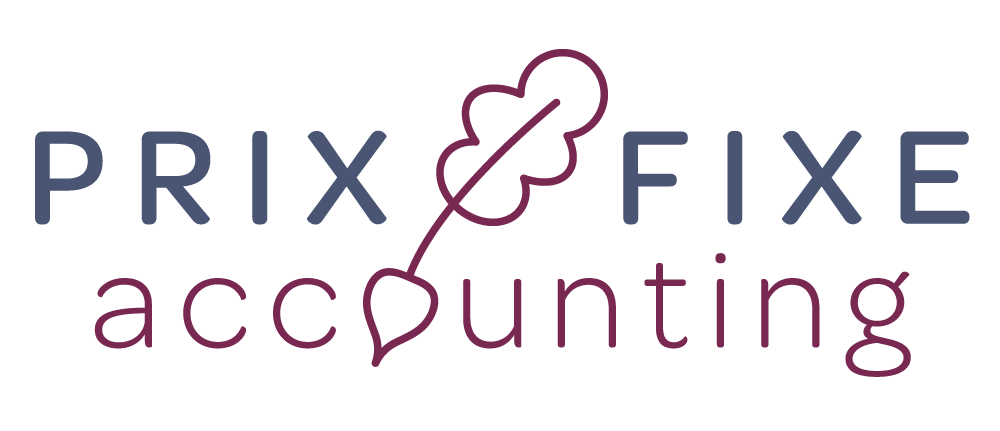Benefits of Restaurant Accounting
Running a restaurant is an exciting and rewarding venture, but it also comes with a unique set of financial challenges. From managing fluctuating stock levels to tracking labour costs, monitoring margins, and staying compliant with tax requirements, the hospitality sector demands precise and informed financial oversight. This is where restaurant-specific accounting becomes invaluable. Effective financial management not only keeps your business compliant but also helps you grow, streamline operations, and maximise profits. Here are some of the biggest benefits of implementing strong restaurant accounting practices.
Better Control Over Food and Beverage Costs
Food and beverage costs fluctuate constantly due to seasonality, supplier changes, wastage, and customer behaviour. Without proper accounting processes, these shifts can significantly impact your profit margins. One of the biggest advantages of dedicated restaurant accounting is gaining clarity over your cost of goods sold (COGS), portion control, and menu profitability.
With accurate tracking, you can easily identify where losses are occurring—whether through waste, over-portioning, theft, or supplier price increases. This insight allows you to adjust menu prices, negotiate better supplier contracts, or refine your purchasing strategies. In a business where margins can be tight, these improvements make a meaningful difference.
Accurate Labour Cost Management
Labour is one of the largest expenses in any restaurant, but it’s also one of the most difficult to control. Staff availability, overtime, split shifts, and seasonal variations all contribute to unpredictable payroll costs. Strong restaurant accounting systems help you understand your labour percentage, monitor scheduling efficiency, and analyse how staffing levels correlate with revenue patterns.
By combining accounting data with operational insight, you can optimise shift patterns, reduce unnecessary overtime, and maintain the ideal balance between service quality and cost efficiency. This ensures your team remains productive without straining your budget.
Informed Decision-Making and Strategic Planning
The numbers behind your restaurant tell a story about how well your business is performing. With clear financial reporting, owners and managers can make smarter decisions about everything from menu design and marketing campaigns to expansion plans and equipment purchases.
Comprehensive reporting highlights trends, warning signs, and opportunities for growth. Whether you're assessing the performance of a particular menu item, evaluating the success of a new promotion, or planning the opening of a second location, accurate financial data helps you move forward with confidence.
This is one of the reasons many restaurant owners rely on restaurant accounting services—professionals who understand the specific financial pressures of the hospitality industry and provide tailored reporting designed for restaurant operations.
Improved Cash Flow and Financial Stability
Cash flow is the lifeblood of any restaurant. Even a busy, well-reviewed establishment can experience financial strain if cash isn't managed properly. Expenses like rent, utilities, payroll, and supplier invoices all require careful planning. With proper accounting, you can forecast cash flow needs, anticipate upcoming expenses, and ensure you always have enough liquidity to cover your obligations.
Cash flow forecasting also helps prevent common issues such as late payments, unnecessary overdraft fees, or running out of stock during peak times. When you understand how money moves in and out of your business, you can operate more confidently and strategically.
Compliance and Reduced Risk
Restaurants must stay compliant with tax laws, payroll regulations, and financial reporting standards. Mistakes in these areas can lead to fines, penalties, or operational disruptions. Strong accounting practices ensure all financial records are accurate, deadlines are met, and compliance requirements are fully followed.
Detailed record-keeping also protects your business during audits and provides transparency to stakeholders, investors, partners, and lenders. By reducing financial guesswork, you significantly reduce operational risk.
Final Thoughts
Restaurant accounting is far more than number-crunching—it’s a foundational tool for building a profitable, efficient, and sustainable hospitality business. With better cost control, improved cash flow, strategic decision-making, and complete compliance, strong financial management empowers owners to grow with confidence. Whether you run a café, bar, food truck, or full-service restaurant, investing in proper accounting practices is one of the smartest decisions you can make for long-term success.













